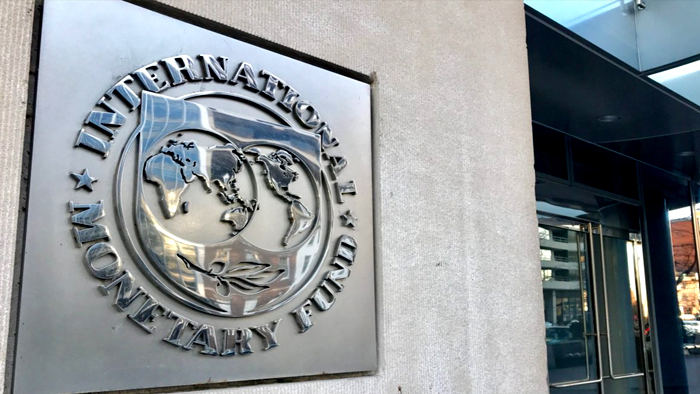El Salvador paid off a $600 million bond payment this week, but as the country gets ready for an annual visit from the International Monetary Fund, worries about its funding sources and fiscal policy will remain.
During the IMF’s visit to San Salvador, which starts on Jan. 30, investors will be looking for signs that President Nayib Bukele and the IMF are getting closer. The so-called “Article IV” visit will look at the country’s economic and financial changes and policies. In the past, this visit has been very critical. El Salvador’s decision to make bitcoin legal money in September 2021 has made it impossible for the IMF to help the country.
The fight with the IMF was one reason why the price of Salvadoran bonds dropped back then and stayed low until recently. This week’s payment was in doubt because of this.
Related: IMF officials warn that U.S. inflation has not yet “turned the corner.” -FT
The press office of the White House told Reuters late on Monday that the payment included interest and came to more than $625 million.
Two rounds of bond repurchases focused on a bond that was due to mature this week and another that was due to mature in 2025. This left just over $600 million on the 2023 issue and less than $350 million on the 2025 issue.
In the past few months, Salvadoran debt has been one of the best-performing types of debt in emerging markets. This is partly because the prices of these two bonds have gone up. In the last trade, the 2023 was less than a cent below par. In July 2022, it was worth 64 cents less than par. Spreads on government debt went from being close to 3,500 basis points in July to 1,454 on Tuesday.
After the payment, investors will be looking at the Bukele government’s campaign for re-election before the next elections in February 2024 and other sources of short-term financing.
“The IMF’s announcement of an Article IV visit to El Salvador is a good sign because it shows that both sides are still talking,” said Fitch’s Todd Martinez, who is in charge of analysing and rating sovereign debt in Latin America.
“But it’s too hard to say if it’s a sign of progress on bitcoin, governance issues, and fiscal adjustment, which are the main problems with a possible programme.”
Fitch lowered El Salvador’s long-term rating to CC in September, which means that a default of some kind “appears likely.”
El Salvador has been on the radar of investors since 2021, when the Bukele administration and its majority in Congress fired the judges on the Supreme Court’s constitutional panel, who were among the country’s most senior judges, as well as the then-attorney general, a move that drew criticism from Washington.
All of the country’s bonds with a maturity date between 2029 and 2052 went down in price on Tuesday, trading for between 47.5 and 54 cents on the dollar. At the prices on the market right now, the yields on Salvadoran bonds are between 17% and 23%, which keeps the Central American country out of the debt markets.
In a client note, Steven Palacio, an economist at JPMorgan (NYSE: JPM), said, “El Salvador’s financial situation remains precarious.” This is shown by our estimate that the gap between financing needs and sources for the year is around $600 million.
He said, though, that their assumptions are “modest in terms of multilateral financing,” and more money could come from regional lenders like the Central American Bank for Economic Integration (CABEI), which recently promised $350 million to El Salvador.
Related: The KSE-100 loses 423 points because the IMF is late and there is a currency crisis.
Some investors can’t pass up yields that are in the double digits.
Aaron Stern, managing partner and chief investment officer at Converium Capital in Montreal, said, “We continue to believe that El Salvador’s fundamentals are much better than what current bond prices show.”
“The country has a small and manageable deficit and a good history of fiscal controls.” “The economy is growing at a healthy rate, it has access to funding from regional multilaterals, and it doesn’t have any external bond maturities until January 2025,” he said, adding that the current yields “should get a lot of attention.”

